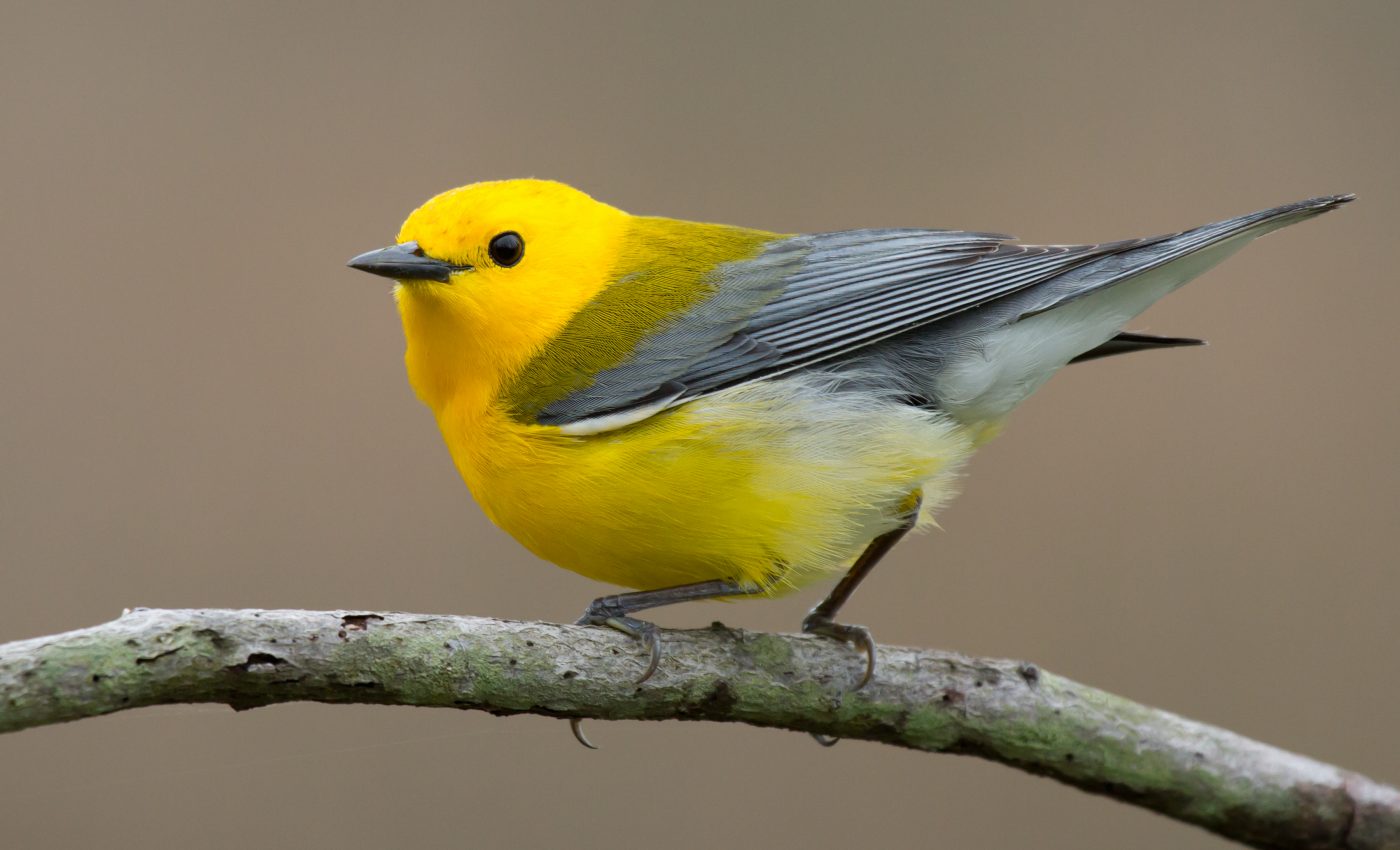
Scientists explore why and where birds molt their feathers
Millions of birds set out on a migratory journey each year in the fall, and many birds molt their feathers before they head out. A team of scientists at Michigan Technological University (MTU) has investigated the connection between feather color changes and migrations.
Molt is important for replacing worn feathers to prepare for flight, and also serves as the catalyst for feather changes that could ultimately determine whether birds find mates and reproduce.
Study co-author Jared Wolfe is an assistant professor in MTU’s College of Forest Resources and Environmental Science and is one of the founders of the Biodiversity Initiative.
“We’re really blessed here, as nature lovers and birdwatchers, that we have lots of species of warblers here, which come in blues, greens, red and yellows,” said Professor Wolfe. “These brightly colored birds migrate and nest here and then leave for the winter. Everyone is so focused on the coloration, but the mechanism of the change of coloration is the process of molt, of replacing feathers.”
The researchers analyzed birds species to compare the distances they travel to the extent of molt.
“Birds that go farther distances replace more feathers,” said Professor Wolfe. “Sun is the primary reason feathers degrade, and harsh environments. In northerly latitudes in the summer, it’s sunny all day. As the birds move south, tracking the sun, they are maximally exposing themselves to sun all year.”
Birds need bright, beautiful feathers to attract others. Plumage reveals the health and age of birds to their potential mates.
“Bright plumages are signals of habitat quality in the tropics,” said Professor Wolfe. “Acquiring mates is based on a signal of habitat quality from the wintering grounds. Undergoing a second molt on the wintering grounds before migrating north allows the birds to become colorful. Color is a signal to potential mates in places like the Midwest what jungle wintering habitats are like.”
What the birds experience during the winter months has an influence on how colorful they become, which ultimately affects how successful they are at breeding.
Growing bright feathers is energetically costly, and a bird that has a better quality wintering habitat with an abundance of food and shelter will be able to produce brilliant plumage. Just like humans seeking out houses to live in, birds seek out the best possible habitats.
“The best habitats offer resource stability over time, versus poorer quality habitats which are variable month-to-month, year-to-year.”
The researchers found that adjusting the time it takes Amazonian birds to complete their annual molt affects how they forage. For example, the white-plumed antbird in Brazil eats insects that are trying to outrun army ants. “Its molt is crazy slow; it takes an entire year,” said Professor Wolfe. He noted that the bird essentially lives in a constant state of molt, dropping one feather at a time.
The antbirds have huge home ranges that overlap with multiple army ant colonies. They spend a lot of time flying around the jungle in search of the ants. When they molt wing feathers, it creates gaps in their wings and compromises their ability to fly, which is why they have a very slow molt.
“A single feather at a time to minimize gaps thereby improving their ability to fly and maintain large home ranges,” said Professor Wolfe. “This unique adaptation has made the white-plumed antbird the slowest-molting songbird on Earth.”
The study showed that not all birds return to the same molting grounds every year. This contradicts the assumption that birds benefit from completing their annual molt in a familiar location. Professor Wolfe said that it appears there isn’t much of a relationship between molting activity and what he calls “site fidelity.”
“Until our research, it had remained a mystery whether or not migratory songbirds return to the same site to molt,” said Professor Wolfe. “This is an important question because there is growing evidence that mortalities accrued after the breeding season – during molt, migration and overwintering periods – is responsible for the continued loss of migratory songbirds. In fact, bird abundance has decreased by 29% since 1970. Understanding where and why birds molt is an important step towards protecting vulnerable populations of songbirds.”
The experts analyzed 31 years of bird banding data from northern California and southern Oregon to measure the site fidelity of 16 species of songbird during molt. While the researchers did find that breeding activity strongly correlated with site fidelity, molt did not appear to influence a bird’s decision to return to a particular place or not.
The study is published in the journal The Auk: Ornithological Advances.
—
By Chrissy Sexton, Earth.com Staff Writer













